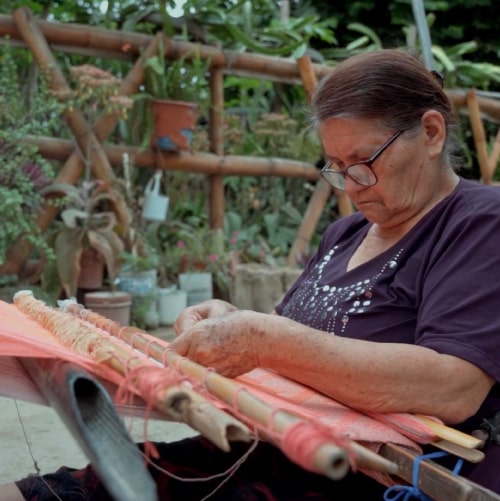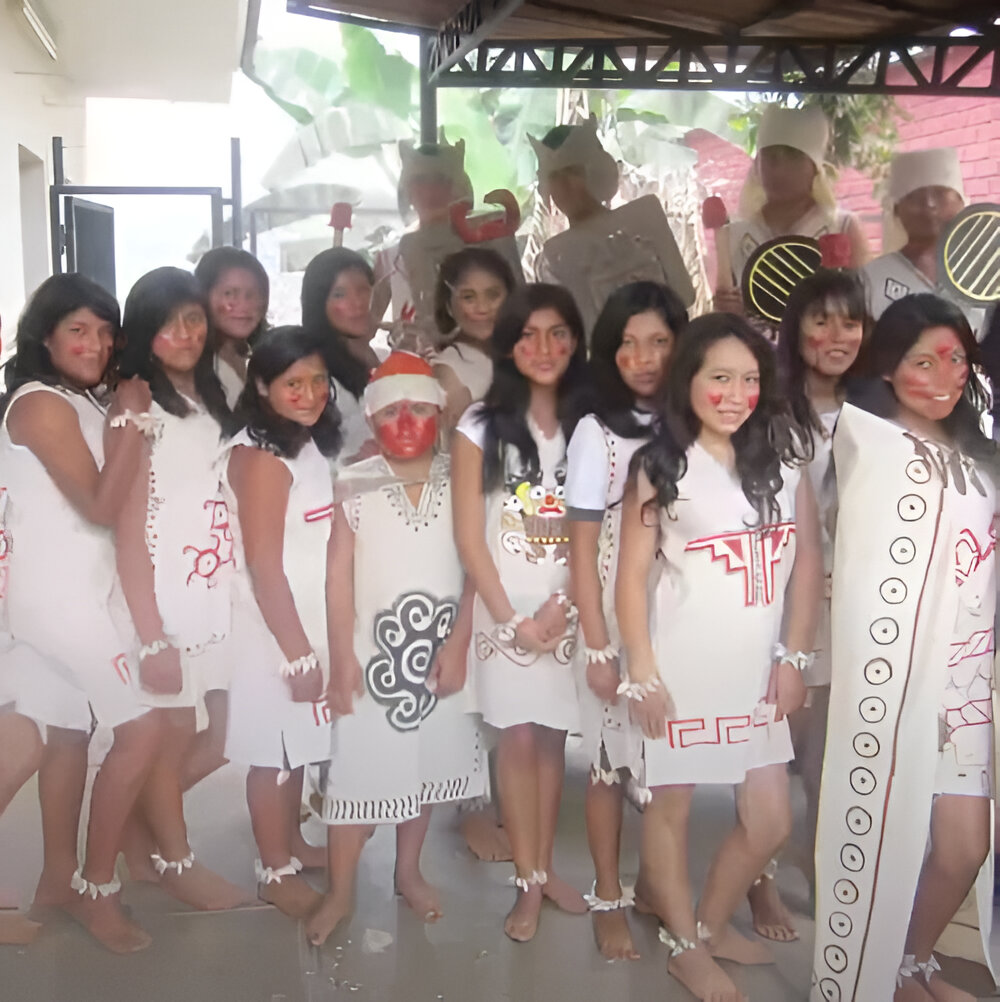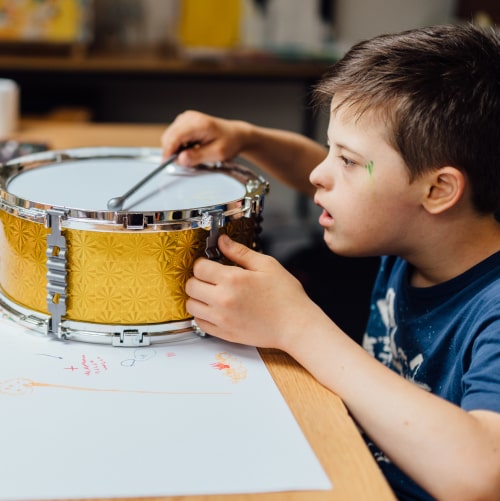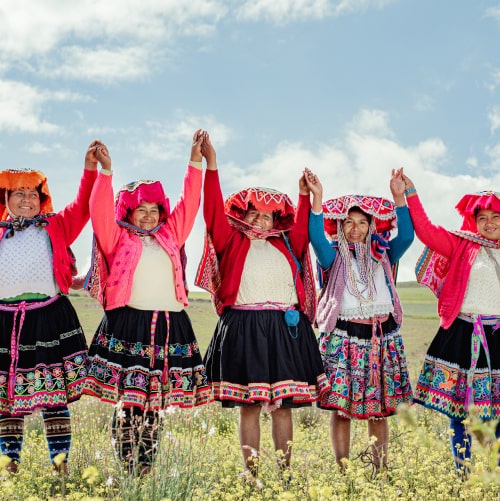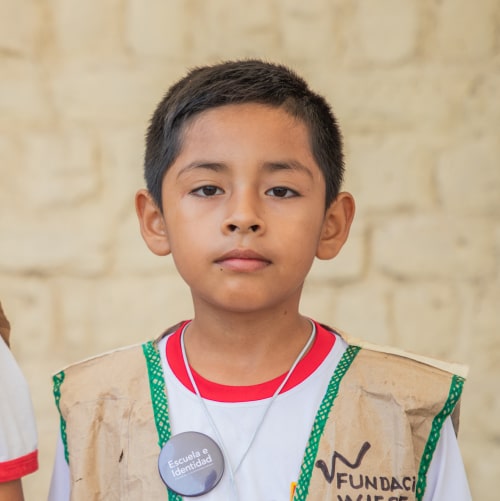- According to UNICEF data, 6 out of 10 children and adolescents have been beaten in their homes and 70% have suffered psychological violence. Learn how to approach situations of violence in the school and the role of teachers to promote safe spaces.
The different types of violence are a frequent problem that affects many children and adolescents. According to data from UNICEF, 6 out of 10 children and adolescents have been beaten in their homes and 70% have suffered psychological violence. At school, about half of reported violence is between students or by school staff toward students, including physical, psychological and sexual violence. Moreover, it is important to note that violence in the school and in the home can have a negative effect on the learning and mental health of students, as well as on their ability to develop healthy social relationships.
Faced with this alarming landscape, it is fundamental that teachers be alert to identify cases of violence and create safe environments where students can feel comfortable sharing their experiences. Furthermore, it is relevant to mention that there are protocols for managing situations of violence that can be found on the SíseVe (Yes, we can see it) website of the Ministry of Education.
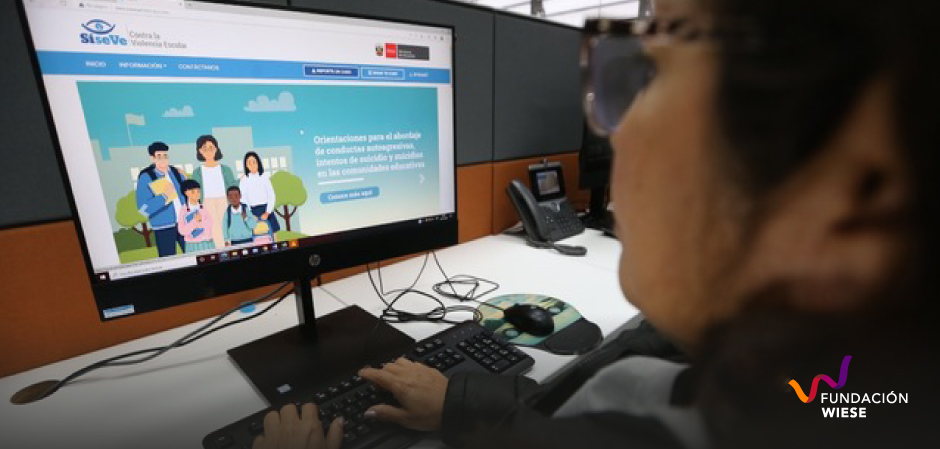
Working on the prevention of situations of violence in the school
Prevention is crucial to approach this problem, and teachers can work with students on the right to the respect of their bodies; that is to say, setting limits and receiving a kind and respectful treatment. It is also important to teach students to report these types of situations that put them at risk, even if the aggression comes from someone whom they appreciate or in whom they trust.
It is advisable to present hypothetical situations of violence in the school and in the family to be discussed with the students, considering: 1) what the student in question needs, 2) who they can turn to in their school, and 3) how they can protect themselves to prevent these situations from occurring.
In this same sense, it is important to work on school coexistence for preventing these situations. See: Guidelines for managing school coexistence, preventing and addressing violence against children and adolescents (see annex 3).
Recognizing the different forms of violence protects students
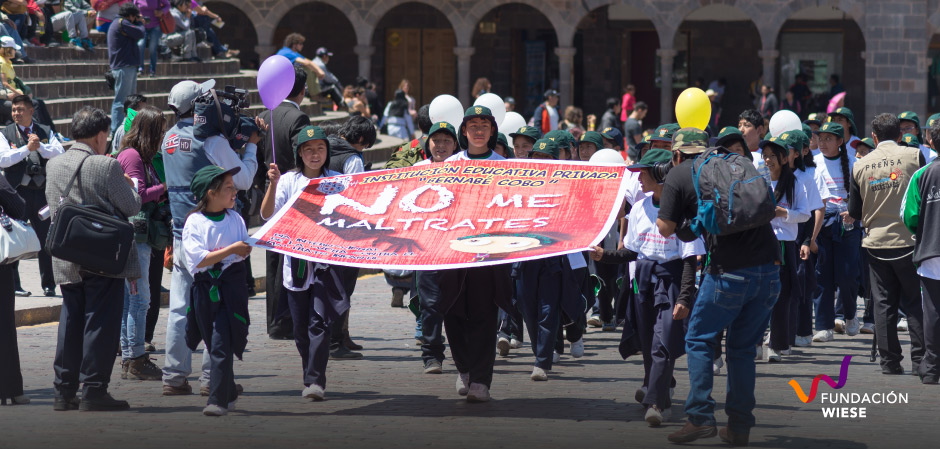
The recognition of the different types of violence is an important protective tool, given that many times these types of violence are normalized because people do not learn to recognize them early. Labeling violence as violence is a powerful tool that empowers students.
The best way to take care of our students is to give them the assurance that their school and their teacher are their allies in the fight against situations of violence. Our students need to know that their teachers are adult allies who teach them to protect themselves and help them combat the situations of violence that they face.
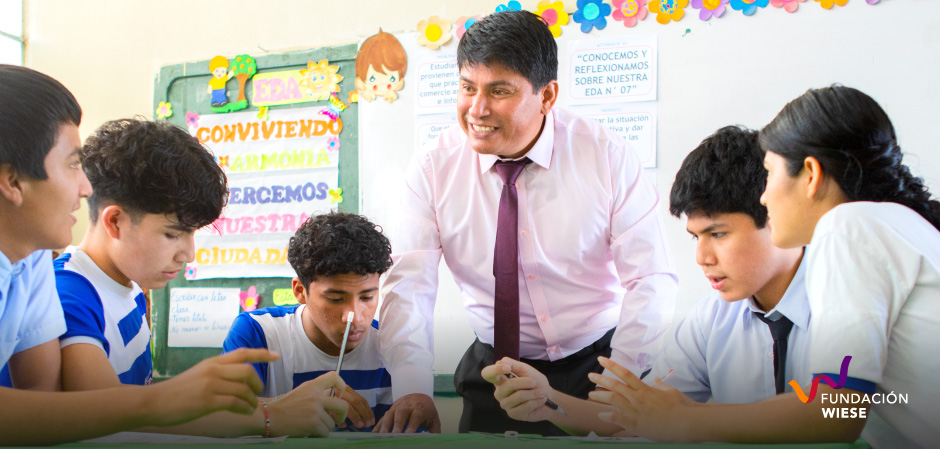
It is important to underscore that preventing and addressing violence in schools is not the exclusive responsibility of teachers. Education authorities, families, students and society as a whole have a role to play in creating safe and respectful school environments. Remember that you can learn more about addressing situations of violence in the school in our new chapter of our series “Strengthening Socioemotional Skills” here:



